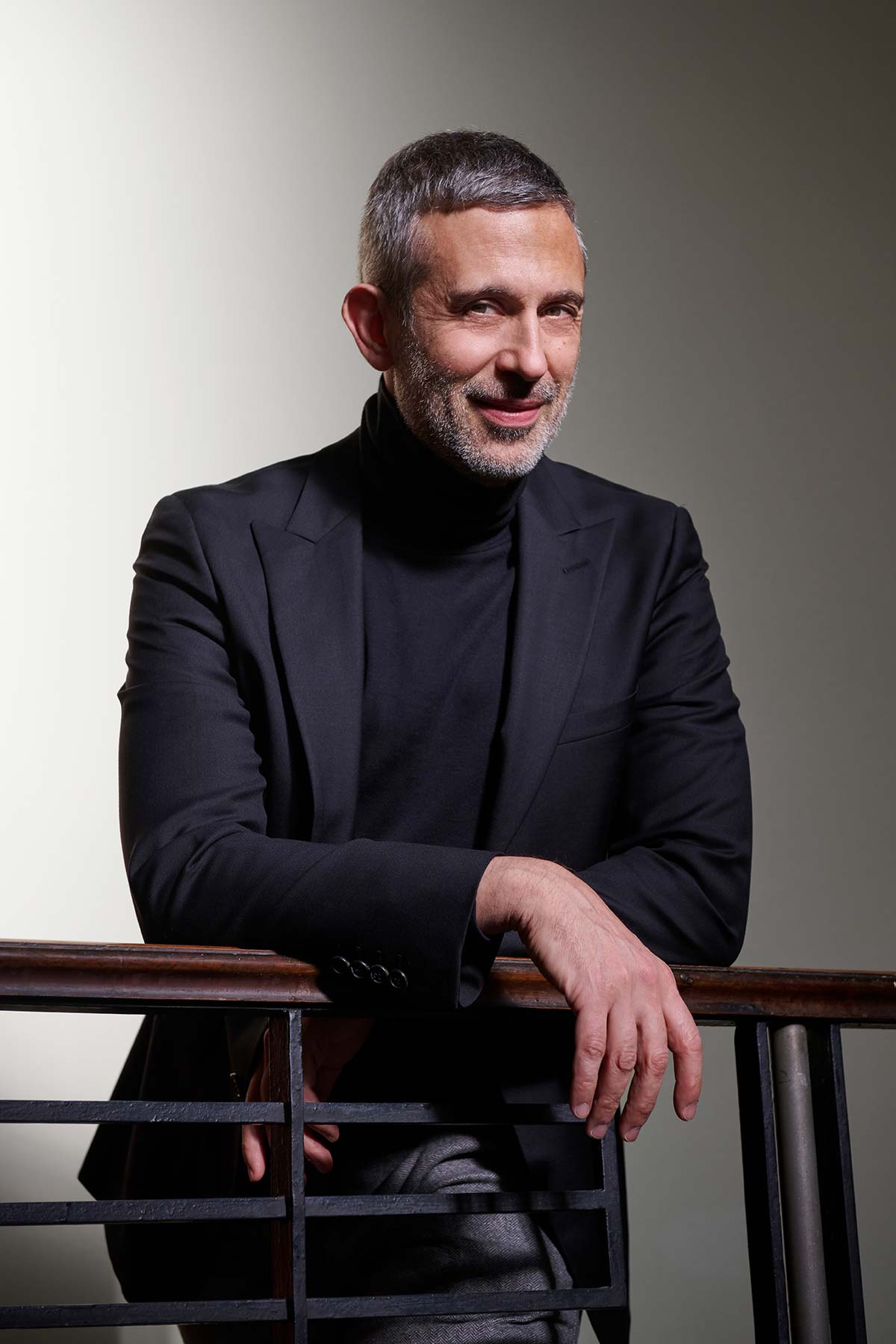A few days ago, while talking with the French designer Patrick Norguet, the conversation took an unexpected turn: “Designers might be headed for extinction. New technologies are arising, based on artificial intelligence. Few people are talking about it, but this is an important topic. Tomorrow the companies that want to do business quickly will be turning to precisely these methods: it will suffice to use a few parameters of reference and in a few minutes – bam! – a whole collection will be ready. For us designers, the true tool of survival will essential be just one: culture, culture, culture.”
During the same days, the days of Maison&Objet and Paris Déco Off, one could see a widespread tendency to praise handmade things and tradition: raw materials that call for age-old methods of workmanship; references – especially in the world of furnishing fabrics and wallcoverings – to a taste for folk cultures from all over the world. It’s the wavelength we recount in our February Moodboard.

There seem to be two trends, headed in opposite directions: on the one hand, a gradual depersonalization of the act of designing; on the other, the pursuit of a timeless, boundless ‘human factor.’ Actually, I believe we have not yet entered the era of the absolute power of machines (whose work, in any case stems from input provided by people, and is also evaluated by people). We continue to have a non-mechanical relationship with the objects around us, and we have an increasingly strong appreciation of research, of unique things: the Stockholm Furniture Fair (7-11 February) comes to mind, flanked this year by a fair-event on collectible design. Not to mention the success of a particular event like Nomad (Sankt Moritz, 20-23 February), which connects art and experimental design.
Norguet’s viewpoint is acute, and probably not so far from what might happen. But I like to think that the extraordinary progress we are witnessing will also be able to open the door for a new way of being a designer. We’ll find out soon enough.
PS – The chair you see in the opening image does not exist (yet): it was created by designer Kaveh Najafian on the Midjourney platform, which uses artificial intelligence to generate images from text input.







